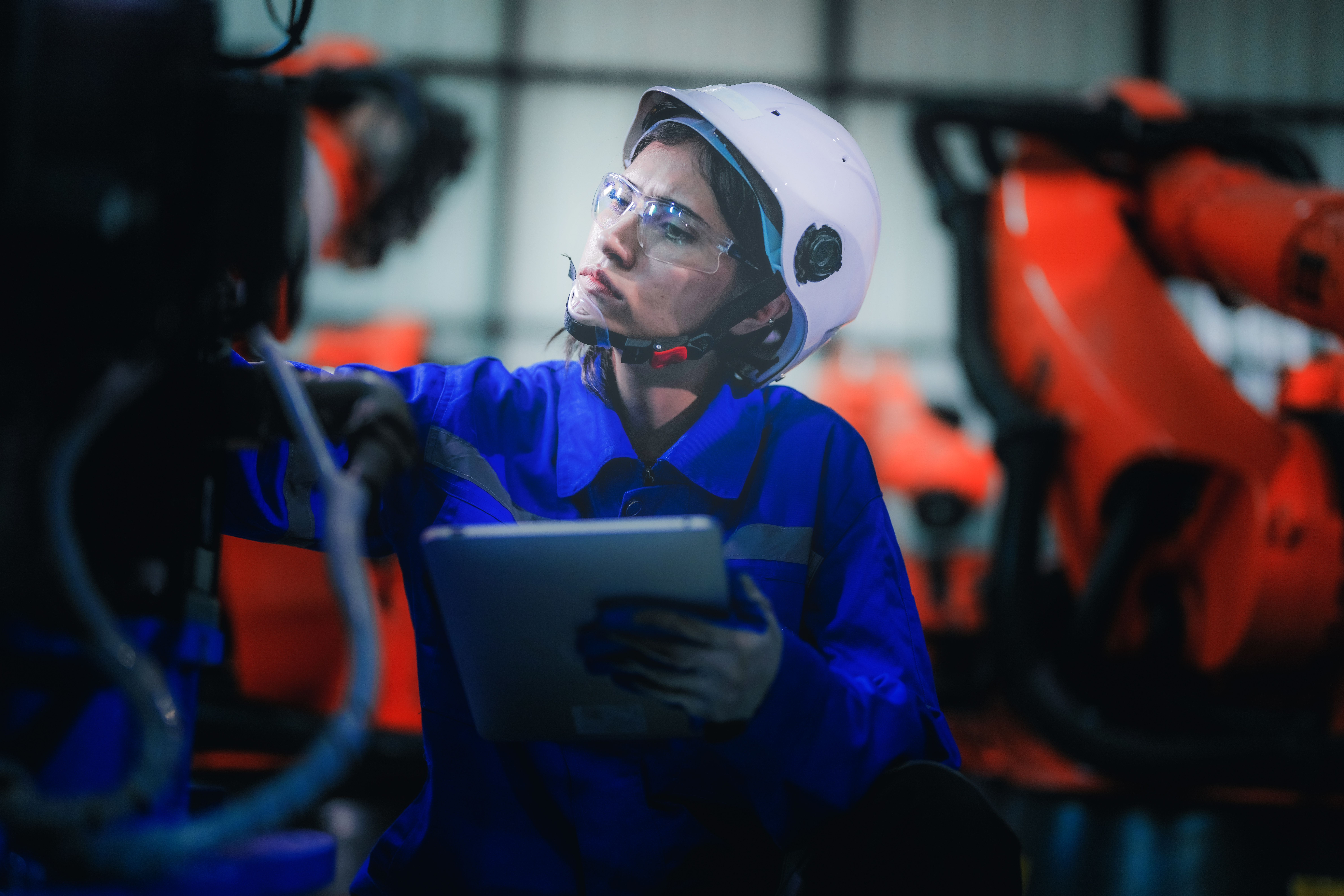In the age of digital transformation, the concept of remote assistance has evolved significantly, transforming from basic telephonic guidance to sophisticated, tech-driven support. Historically, experts would either need to travel to a site or provide support through voice or text-based tools, often leading to miscommunications or delays in problem-solving. However, the dawn of augmented reality has introduced a groundbreaking paradigm: the AR Remote Expert. This emerging approach harnesses the immersive capabilities of AR to bring experts virtually anywhere, anytime.
Augmented Reality (AR) is no longer just a buzzword in the gaming and entertainment sectors. Its potential to overlay digital information onto the real world has massive implications for industries that rely on expert knowledge and timely support. The AR Remote Expert system is a fusion of this AR capability with real-time communication, enabling experts to visualize, guide, and assist from thousands of miles away.
This innovative approach ensures that, irrespective of geographical distances, professionals can receive the best advice promptly. Imagine a technician in a remote factory being guided by a global expert, or a medical professional receiving real-time advice during a critical procedure – the possibilities are endless. The AR remote support not only promises efficiency but also revolutionizes the very essence of remote collaboration.
What is remote support?
AR remote support utilizes the blended power of augmented reality with the necessity of expert intervention. Unlike traditional video calls or chat support, AR remote expertise overlays digital data, graphics, and instructions onto the user’s real-world view. This allows for a more interactive and visually enriched consultation, making complex tasks more manageable and less error-prone.
Comparing it to the conventional methods of remote assistance, AR’s immersive nature stands out prominently. Traditional support mechanisms relied on verbal descriptions, rudimentary video feeds, or extensive documentation. However, these methods often left gaps in understanding. AR eliminates these gaps by allowing experts to virtually “draw” or “point” on the user’s field of view, guiding them step by step through procedures or troubleshooting processes.
The transformative impact of AR Remote Expertise is palpable. Beyond the visual enhancements, it democratizes access to global talent and knowledge. Businesses no longer need to bear the logistical challenges of flying experts across continents. Instead, through AR tools, top-tier guidance is just a call away, ensuring that every task, no matter how intricate, benefits from the best minds in the field.
The power of real-time AR assistance
The potential of AR assistance lies in its immediacy. In situations where timely intervention can mean the difference between success and costly errors, real-time AR assistance proves invaluable. Through AR glasses or mobile devices, users can instantaneously connect with experts, share their visual perspective, and receive direct, augmented feedback.
For instance, consider a complex machinery breakdown. Instead of waiting for a specialist or fumbling through dense manuals, operators can don the AR headset, connect with an expert, and be guided through the repair process. The expert, seeing the machinery through the operator’s perspective, can use AR annotations to highlight components, indicate movements, or display relevant data, all in real-time.
Real-time AR support doesn’t just streamline problem-solving; it revolutionizes it. Decisions become more informed, as both the user and the expert have a shared, enhanced visual perspective. Troubleshooting, in this augmented environment, shifts from being a potentially prolonged and frustrating experience to an efficient, collaborative endeavor. The combination of instant access and enriched visual data ensures that no matter the challenge, AR assistance paves the way for swift and effective solutions.
Benefits of augmented reality in remote cooperation
Augmented Reality in remote consulting has ushered in a new era of efficiency and clarity. For starters, it eliminates the ambiguity often found in traditional remote support. By merging digital elements with the real world, AR ensures that instructions are visually clear, reducing the chances of misunderstandings or mistakes. The result? Faster resolutions and increased productivity.
This technology also addresses a significant challenge in today’s globalized business landscape: the geographical gap. With AR, an expert in New York can assist a technician in Tokyo as if they were side by side. This unparalleled convenience negates the time and costs associated with travel, allowing companies to allocate resources more efficiently. In industries where downtime can result in significant losses, the swift intervention facilitated by AR can translate into substantial financial savings.
Lastly, AR brings a dimension of scalability to expertise. Training sessions or expert consultations can be recorded, archived, and replayed, allowing multiple personnel to benefit from a single session. This not only ensures a consistent standard of training but also provides a reference point for teams, enhancing continuous learning and refining operational procedures over time.

presentation to try
Nsflow in action
Overcoming challenges with AR remote support
Like any technological advancement, AR remote expertise is not devoid of challenges. Initial adoption can be hindered by tech apprehensions or resistance to change. To address this, businesses should invest in user training, ensuring that teams understand the system’s benefits and functionality.
Security is another concern. Given that AR consultations might involve sharing sensitive data or proprietary information, robust encryption and cybersecurity measures are paramount. Businesses should opt for AR platforms that prioritize security, ensuring that consultations remain confidential and protected from potential breaches.
Last but not least, it’s essential to recognize the human element in AR remote support. While the technology is advanced, the success of a session often hinges on clear communication between the user and the expert. Regular feedback loops, refining consultation protocols, and ensuring both parties are comfortable with the technology are crucial steps in maximizing the benefits of AR remote expert guidance.
The future of AR remote expertise
The interest in AR remote expertise is undoubtedly growing. As technology continues to advance, we can expect even more immersive and intuitive platforms. Integrations with Artificial Intelligence and Machine Learning promise smarter, predictive consultations, where the AR system itself can suggest solutions based on historical data or recognized patterns.
Additionally, as wearable AR devices become more sophisticated and comfortable, their adoption in various sectors is likely to increase. This will make AR consultations even more seamless, with users benefiting from hands-free operations. In essence, the fusion of AI, AR, and IoT heralds a future where expert assistance is not just immediate but also proactive, anticipating challenges and offering solutions before issues escalate.
The takeaway
The landscape of remote expert assistance has been irrevocably changed by AR. Gone are the days of protracted problem-solving, replaced by swift, visual, and precise AR-guided interventions. As industries strive for efficiency, cost savings, and excellence, the AR Remote Support emerges as a beacon, illuminating the path to unparalleled collaboration and expertise.



















